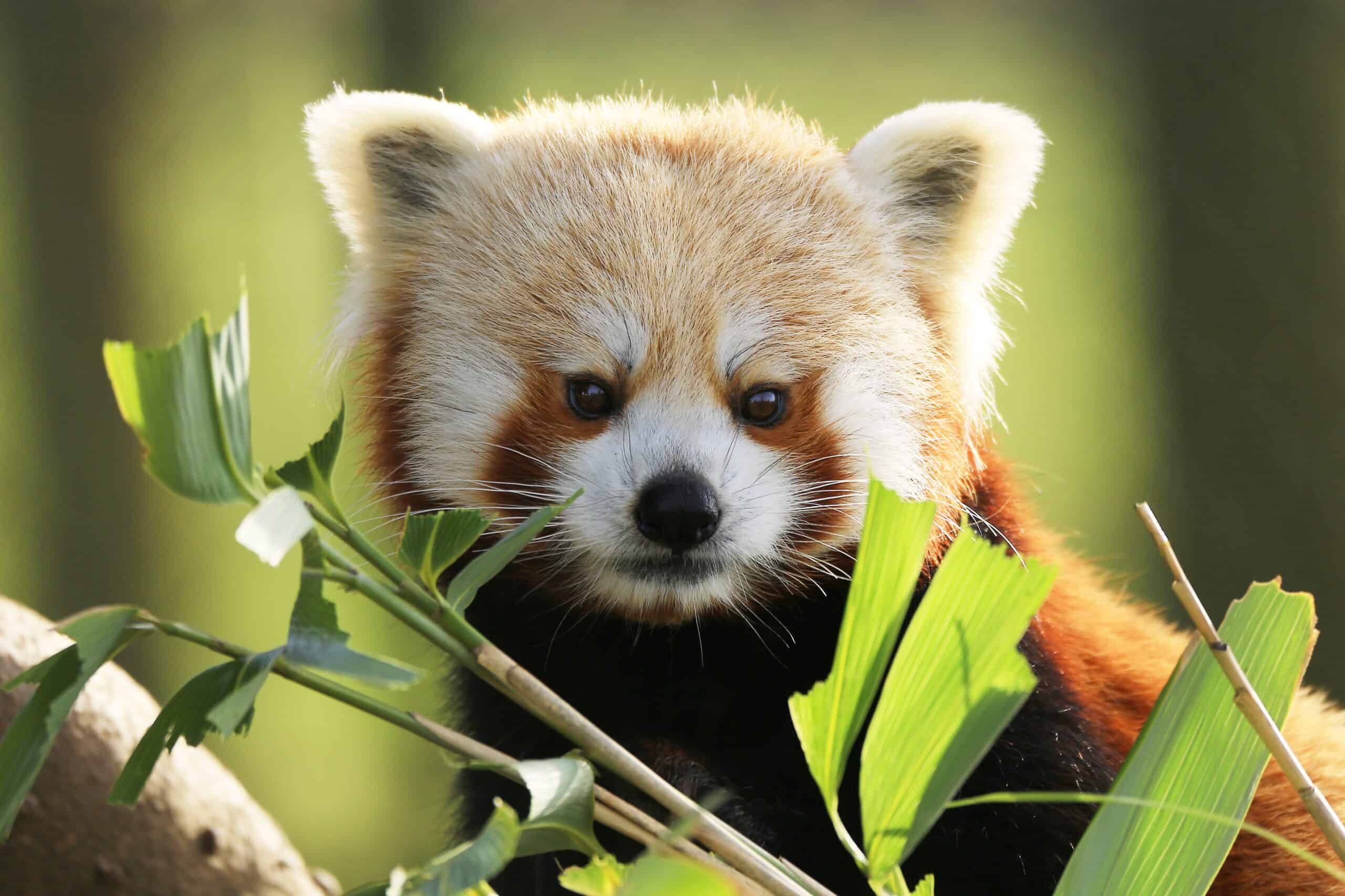Share this article
Wildlife Featured in this article
- mountain pygmy possum
Preserving evolutionary history
A new metric focuses on prioritizing species conservation based on maintaining their evolutionary history
Scientists have recently updated a metric that can be used to determine which species’ conservation should be prioritized based on the importance of maintaining their evolutionary histories. The Zoological Society of London originally created the metric—called Evolutionarily Distinct and Globally Endangered, or EDGE—which gives every species a score based on the evolutionary distance between it and its closest living relatives as well as its conservation status on the IUCN Red List. The updated metric—dubbed EDGE2—will include the extinction risk of closely related species as well as the uncertainty of species’ relationships and conservation status. The researchers applied the new methodology to 6,253 mammal species and identified 645 species that make up 81% of evolutionary diversity that’s at risk. The mountain pygmy possum (Burramys parvus) had the highest score.
Header Image: The Red Panda (Ailurus fulgens) is the only remaining member of its family, Ailuridae, and is one of the highest-priority EDGE mammals. Credit: ZSL (CC-BY 4.0, https://creativecommons.org/licenses/by/4.0/)








